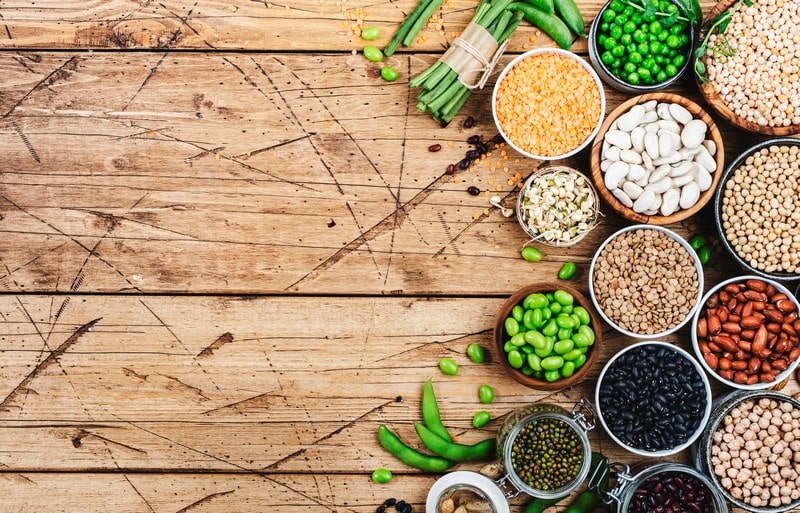Beans and Legumes

Beans are a diabetic superfood, which means they are an excellent option for persons with diabetes. Beans are an inexpensive source of protein, minerals, and fiber. Adding beans to a meal may aid in maintaining appropriate blood sugar levels and bodily function. The fiber content of beans only elevates blood sugar levels gradually, which benefits those with insulin resistance. Pinto, lima, red, and black beans are among the best selections. It may also minimize the influence of high-GI foods on blood sugar levels. This is because fiber slows digestion, which helps maintain stable blood sugar levels for longer.
Moreover, consuming beans will give a constant supply of glucose instead of the quick surge of energy provided by simple carbs. On top of that, beans are a rich source of plant protein necessary for tissue development and repair. Protein may be broken down into glucose, which the body can utilize for energy. However, this process is more time-consuming than the digestion of carbs, thereby delaying the digestive process. On the other hand, multiple clinical trials have shown that leguminous plants, such as soybeans, dry beans, chickpeas, lentils, and dried peas, may lower insulin resistance and its progress to type 2 diabetes.










